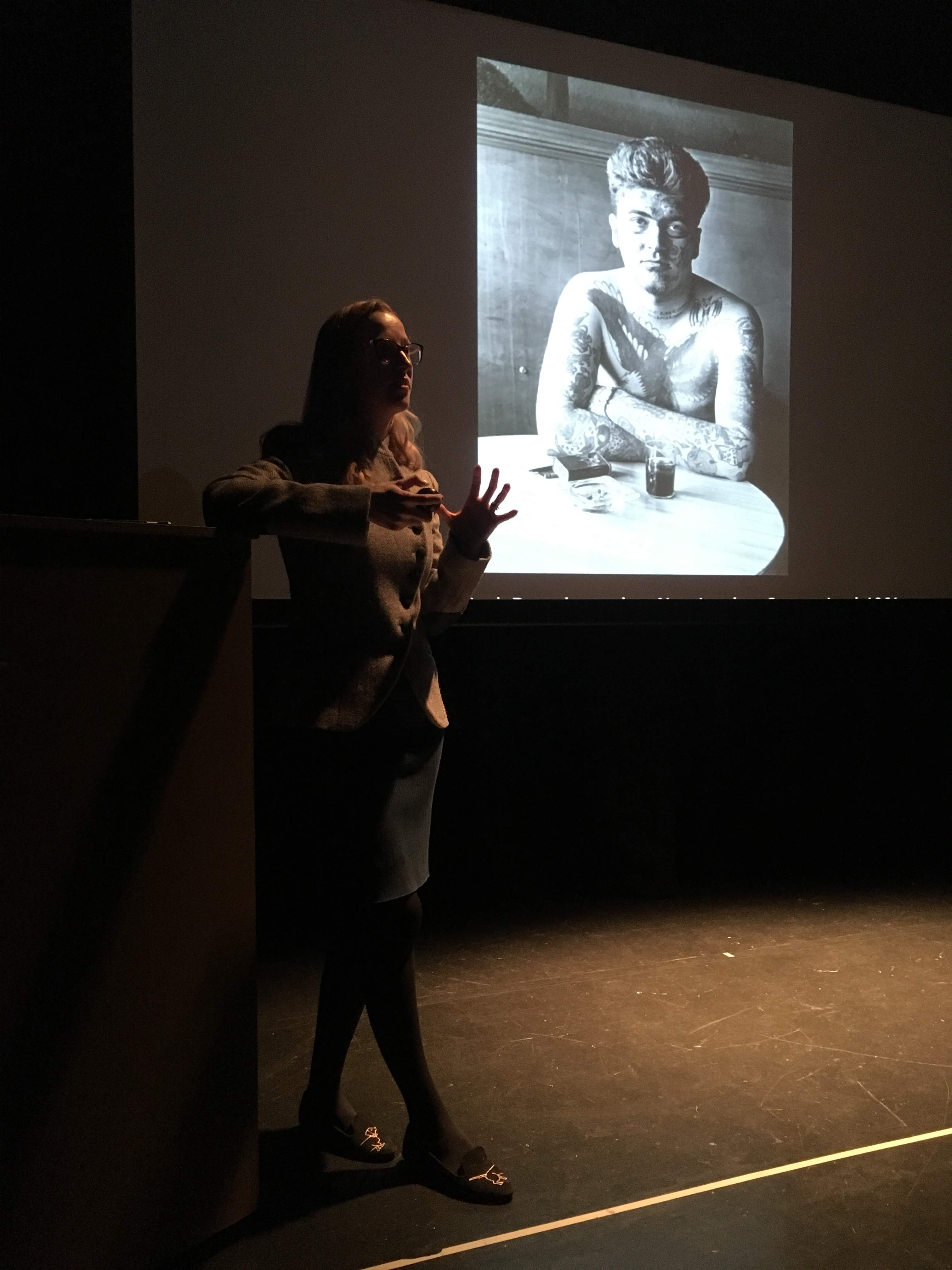Thank you to everyone who came to the Nairn Book & Arts Festival this year. I always enjoy this festival, and find some of the most engaging audiences. This year I was considering the narrative of ‘truth’ and authentic identity across the history of portraiture. We had some really fantastic discussion and looked at portraits from the earliest days of photogrpahy to Planton’s recent portrait of Mark Zuckerberg.
An interesting area that came up in conversation it the tradition of family Christmas portraits and the myth of the family that this perpetuates. I’ve always found the idea of what family should be, and how it is culturally preserved to be fascinating. This was also of interest in my thesis, which drew on Marianne Hirsch’s book, The Familial Gaze. As described by Hirsch, the familial gaze encompasses ‘the conventions and ideologies of family through which [the family unit] see themselves’. We understand in this definition that family photographs reveal not realities but ‘ideologies’ or beliefs by and about the family.
Outside of the family, the familial gaze lingers, though it becomes compounded with additional gazes relating to the social, cultural, and political contexts in which ‘the family’ and individual designations within that family (such as mother or sister) are viewed. Hirsch argued: ‘the camera has become the family’s primary instrument of self-knowledge and self-representation – the primary means by which family memory is perpetuated, by which the family’s story is told’. This suggests that photography can serve as self-definition for the family as well as encourage identification between the viewer and the familial tropes within the photograph.
After the festival I returned to my own photo albums and looked back over family Christmas photographs. I came across one of my mother and her siblings when they were young – 1962. The blonde sisters with matching haircuts and dresses and the two boys – one in a white onesie and the other a tiny suit. They looked very much like an ideal family from the fifties. It was interesting to think how different they would become. One would be a poet/surfer/tech salesman who fit the California beach vibe in every way, another would go on to be an award-winning marathon runner, another would help secure and protect the forests of Northern California and establish most of the public transport system. They were rebels and entrepreneurs and people who pushed and changed the world they lived in, yet in that photograph they looked conservative, simple, ordinary. Sometimes there is joy to sending out these family images of smiling children in the idea that the family will always remain happy, but that myth also eliminates the independence, the unique realities of these individuals and their lives.
I invite all of you to look at your family portraits, and consider what message they send, but also what they leave out, the colour of our lives.
